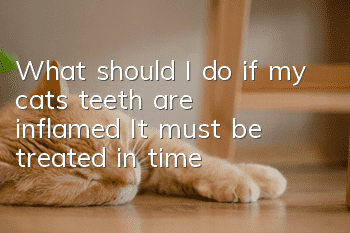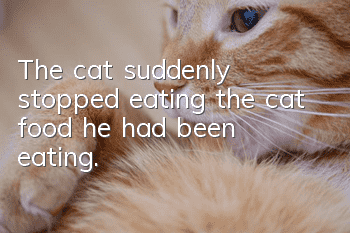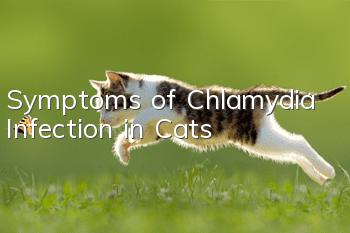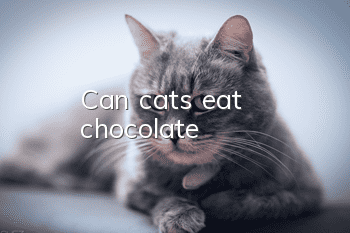What should I do if my cat’s teeth are inflamed? It must be treated in time

Feline gingivitis is a chronic, painful disease that is often too painful to eat. Some veterinarians treat chronic feline gingivitis with an aggressive dental hygiene regimen designed to clean plaque over time. This includes dental cleanings by your veterinarian every six months, removal of bad or diseased teeth, daily at-home dental care (brushing), medications, and dietary changes.
What to do if a cat’s teeth become inflamed
Gingivitis occurs when a cat’s mouth and gum tissue become chronically inflamed. Veterinarians don't know what causes gingivitis in cats, but think it's the result of an allergic reaction to plaque, a condition called "plaque intolerance." Some diseases may also play a role in feline gingivitis.
Cats susceptible to gingivitis
Cats of all ages and breeds can develop gingivitis, even kittens as young as three months old. Veterinarians believe that purebred cats, such as Siamese, are more susceptible to feline gingivitis, which is also most common in short-haired cats.
Many veterinarians believe that certain diseases can cause gingivitis in cats, including:
·Feline Leukemia Virus
·Feline Immunodeficiency Virus
· Feline infectious peritonitis
· Calicivirus
Cats with suppressed immune systems are at higher risk of developing gingivitis.
Gingivitis Treatment Guidelines
Feline gingivitis is a chronic, painful disease that is often too painful to eat. Cats may also begin to behave strangely, become more aggressive and irritable, or become depressed and avoid humans and other animals. She may drool excessively and eat little or not at all despite appearing hungry. Cats with gingivitis may also have bad breath, bleeding gums, and stop grooming or grooming less frequently.
Cats with gingivitis will need anesthesia during the physical examination because the examination may be painful and the veterinarian can examine the cat more thoroughly under anesthesia. During the examination, your veterinarian will find many gum and oral lesions and ulcers that appear on the lips, tongue, mouth, and gums, with the teeth at the back often showing the most damage. Sometimes tooth resorption occurs: the deterioration of tooth enamel at or below the gum line.
Gingivitis Treatment
Some veterinarians treat chronic feline gingivitis with an aggressive dental hygiene regimen designed to clean plaque over time. This includes teeth cleaning by a veterinarian every six months, removal of bad or diseased teeth, daily dental care (brushing) at home, and medications.and changes in diet.
However, the quickest, easiest, and most effective treatment for feline gingivitis is full tooth extraction. Many veterinarians recommend extracting all the teeth behind the front canines immediately because even aggressive dental hygiene cannot treat this painful condition. Tooth extraction is a quick and easy way to eliminate the symptoms of gingivitis in cats. The cure rate of this method is 80%.
Once your cat's tooth is extracted, plaque will no longer irritate the gums and your cat will recover quickly. Tooth extraction will not affect eating, the cat's gums will recover quickly, and most cats will start eating normally within a few days after tooth extraction surgery.
- What does it mean when a cat likes to rub its head against people?
- Can cats drink tea?
- Seven things to note when using anthelmintics for cats, a must-read for novice cat owners!
- Can cats sleep with people?
- What's wrong with my cat's paws being swollen?
- What should I do if my kitten has a lot of eye droppings? First check whether the eyes are injured.
- Cat owners please pay attention to how to train cats not to urinate everywhere!
- Why does a pregnant cat vomit yellow water?
- Turkish Angora cat food taboos
- Do you know how often cats should be vaccinated?



